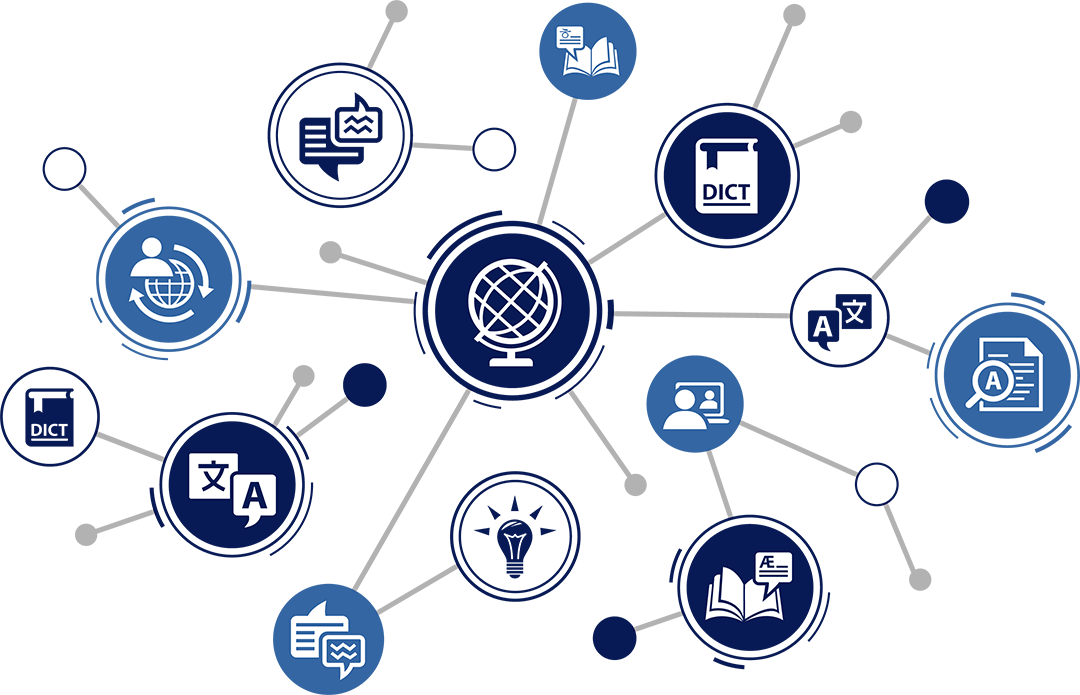
What Software Companies Need to Know About Language Quality Assurance
Are you looking to sell your software abroad for the first time? Or is your company already localizing its app, game, or platform for international markets? In either case, language quality assurance plays a crucial role in the success of your software localization projects.
It’s not enough to hand your product to a translation agency and trust in a good outcome. You need the right processes and expertise to ensure your software’s localized content meets the highest standards, so you can deliver a superlative user experience in every language and market.
What Steps Can You Take to Ensure Language Quality?
Like any other product, software should follow general best practices for language quality assurance. In particular, every software localization project requires a comprehensive language quality review to check translated content for inaccuracies and provide feedback based on objective metrics. While your internal team may play a role in language quality reviews, many companies achieve better results by outsourcing to a third-party provider that offers expert, unbiased assessments and feedback.
Meanwhile, software has certain special characteristics that set it apart from other types of products. Consider the following ways to improve the results of your software localization QA and review process, from beginning to end.
- Develop your software with localization in mind
It’s far easier to ensure language quality when software is internationalized correctly from the start. That means your code needs to accommodate a wide range of linguistic structures, so your product can easily be adapted to languages that do not necessarily follow English syntax. Otherwise, a later language quality review may reveal problems that require changes not just to the content, but also to the code itself.
For example, the English version of a game may require content for just two grammatical forms, singular and plural, to tell players how many points they’ve earned. But if the developer wants to adapt the game to Arabic, the code also has to allow for content in the dual form, which doesn’t exist in English. If the code lacks this built-in flexibility, the developer may be forced to go back and rewrite it, consuming valuable time and resources.
- Separate the code from the content
Translators and language quality reviewers only need access to the content, not the underlying software code—so it’s a good idea to separate the content and code from each other as early as possible. This will prevent your language team from accidentally altering or damaging the code as they make changes to the content. It also allows your software engineers to keep working on the code as the content undergoes localization and QA.
- Use interoperable systems, tools, and files
To ensure an efficient QA process, your teams need the ability to export all content from one platform to another with ease. Most QA tools will only work with certain kinds of files, so be sure to establish a consistent standard for what formats you will use, and stick to that standard throughout every step in the process.
If you plan to localize your software, it’s useful to have a clear road map and identify which Computer-Assisted Translation (CAT) tool and file extensions you will be using from the beginning. By using tools and files that integrate well with each other, you can ensure a smooth end-to-end process and avoid time-consuming mishaps, such as problems merging legacy content with new content.
- Review for both linguistic quality and usability
Your software always requires two layers of quality review after initial localization. First, independent experts in the target language need to assess the linguistic quality of the localized content and work with your translation team to improve it. A comprehensive review process should cover all of your software’s content and every step in the user journey, so no errors fall through the cracks.
After the language quality review, the fully localized software also needs to undergo thorough usability testing. It’s best to test the product with native speakers of the target language, to make sure your product will work for users in your specific market.
- Keep user resources in sync with your content
Inconsistencies between your content and your user resources can detract from the quality of your UX. For example, users are likely to feel confused and frustrated if a guide or manual tells them to look for option x in the menu, but they can’t find it because the item is labeled y.
To prevent such issues, it helps to localize your software and your user resources at the same time. Alternatively, you could create a strict style guide or glossary for the project and make sure your localization team follows the rules to the letter. Likewise, your final language quality review should evaluate both the product and any guides or manuals together, using whatever guidelines you’ve provided.
Why Software Needs Third-Party QA
After all the expense of software development, you don’t want flaws in localization to undermine your product’s reception abroad. By investing in a strong process for language quality assurance, you can prevent costly errors, enhance the user experiences you provide, and win the loyalty of customers in any new markets you enter.
Above all, your company needs an expert, unbiased assessment of its translation team’s work—but most organizations lack the resources to perform such reviews for themselves. A third-party language quality review would elevate the quality of software localization, as well as speed up the process and improve the performance of your translators over time.
Can your next software localization project benefit from unbiased language quality management services? Contact Beyont to arrange a conversation about your needs.
